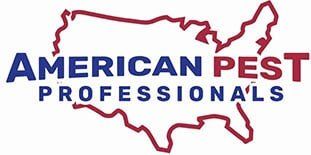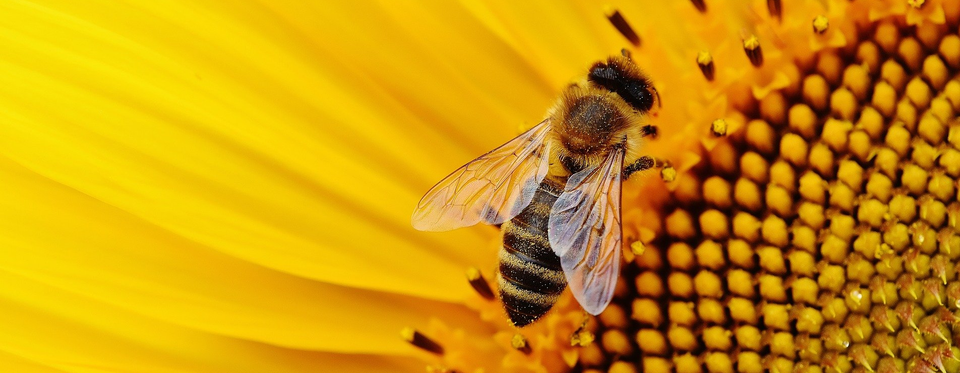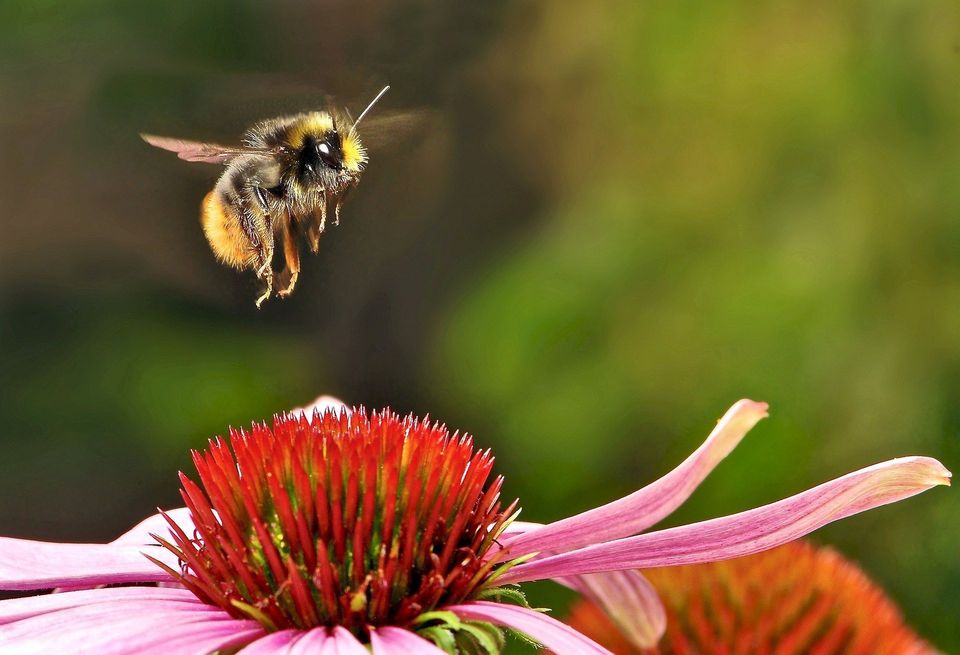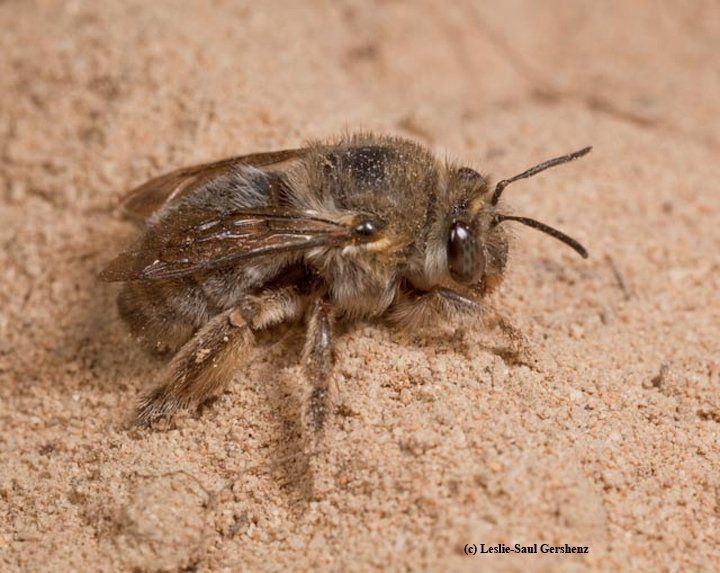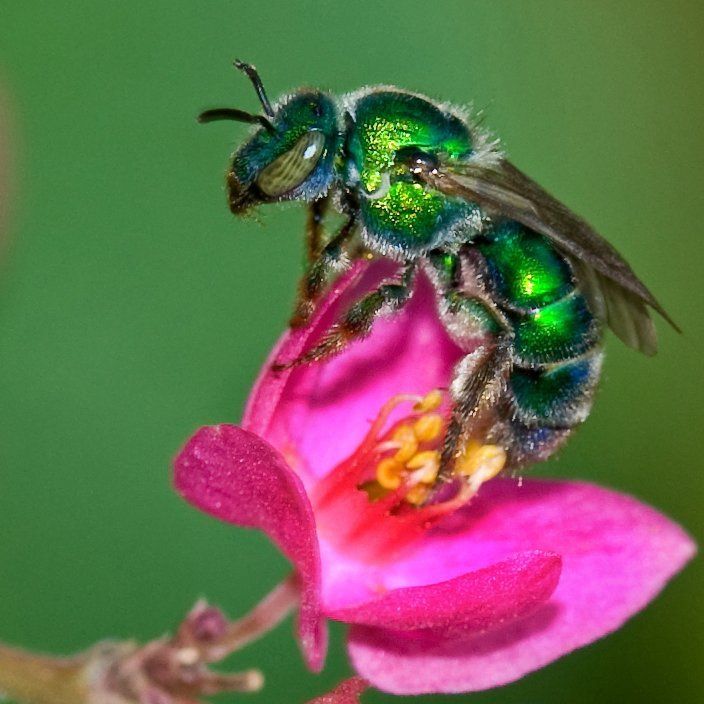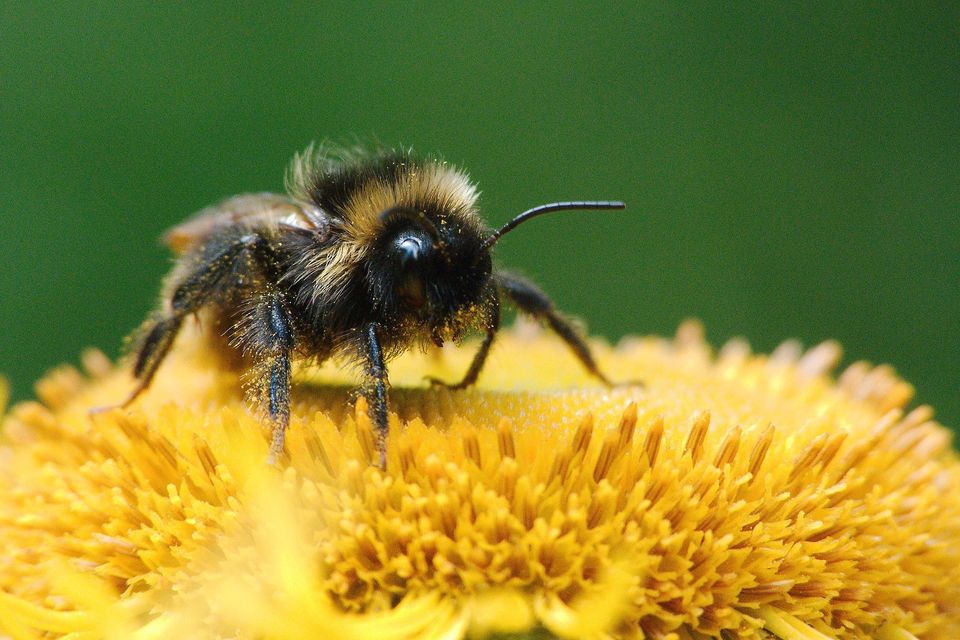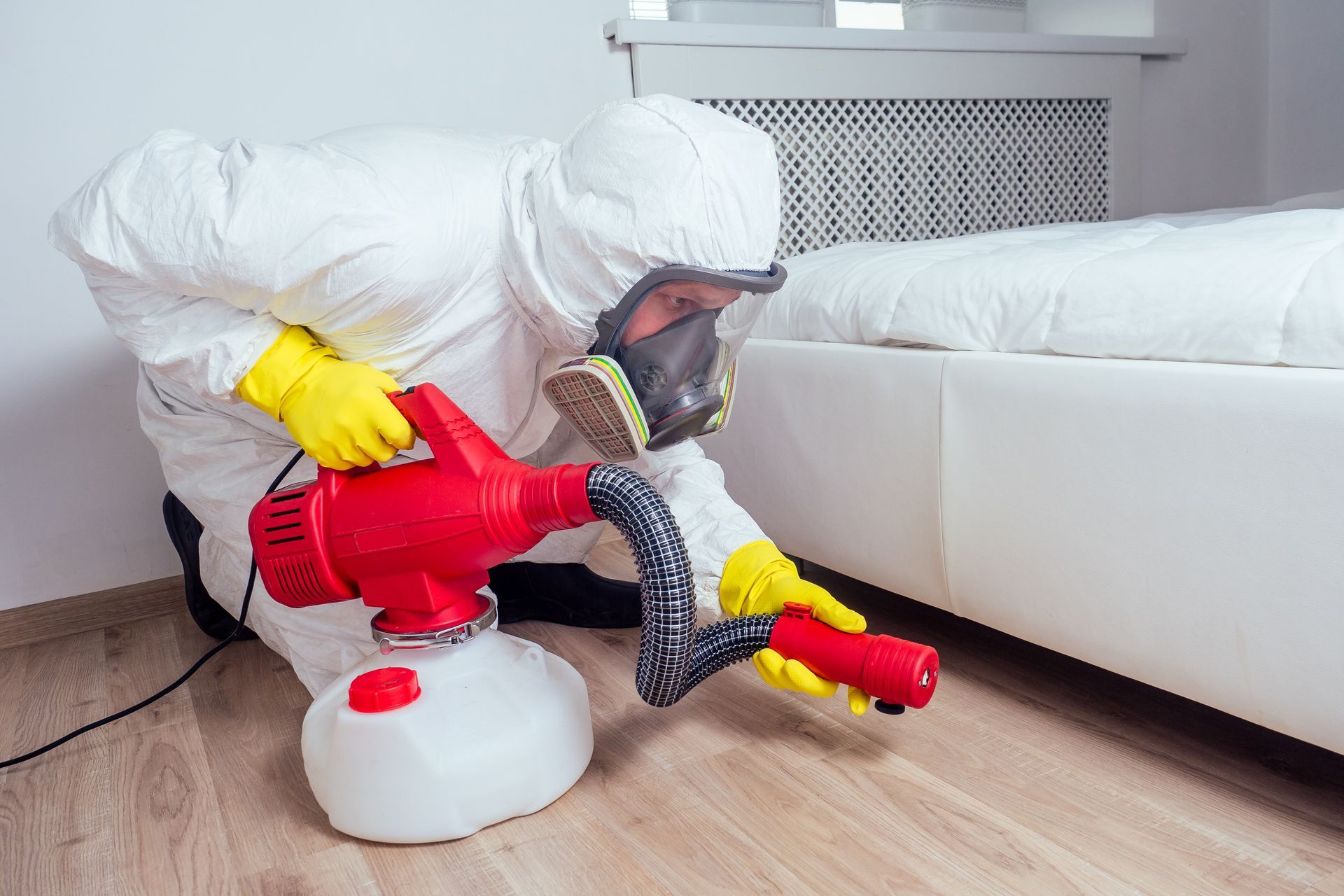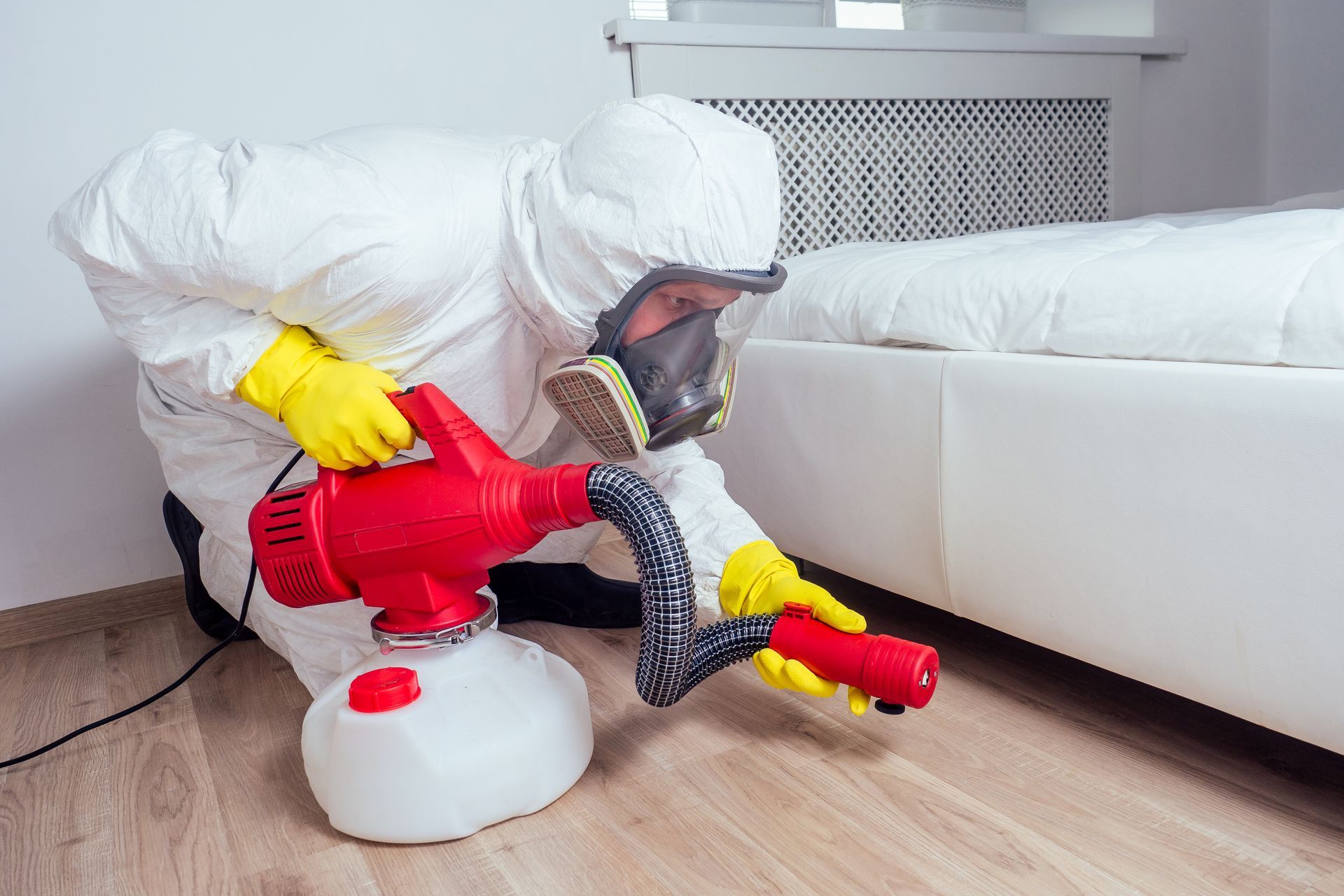You WANT These 4 Types of Bees in Your Garden
If you’ve made it this far in life without experiencing the piercing pain of a bee sting, congratulations! Despite the many benefits of bees, if you’re like the rest of us, your love-hate relationship with the pesky insects began around age eight when swinging on the playground meant keeping one eye on the bustling beehive nearby.
Another common hangout for bees: gardens. Lots of flowers attract bees, which is great for pollination, but not so marvelous when you’re trying to [insert any outdoor activity here].
While they may be a nuisance, there are actually many benefits to keeping a few common types of bees around. And as the saying goes, don’t bother them and they won’t bother you!
4 Common Types of Bees
There are approximately 25,000 known species of bee worldwide, with about 4,000 making an appearance in the US. Here are four of the most common types of bees and a few tips on how to attract them to your garden:
The Honey Bee
Known as “social” bees because they live in giant hives with colonies of 50,000 - 60,000 other bees, these are the pests that come to mind when you recall that first bee sting. They’ll sting when provoked and die afterward due to losing their stinger.
The Bumblebee
You’ve also likely seen these guys swarming flowers like lavender in the garden. They’re fat, fuzzy and only alive in the summertime. Despite living in colonies of 50 to 400 workers, the queen is the only survivor by the fall and is tasked with starting a new colony each spring. Her workers are extremely protective and capable of inflicting multiple sting wounds.
The Digger Bee
Digger or “mining” bees are solitary bees that create their nests by burrowing into the ground. Their nests are often camouflaged with small leaf or grass debris to keep these hairy bees well hidden.
The “Sweat” Bee
While you’re used to them landing on you to lick salt off your sweaty skin, these solitary bees burrow in the soil. They won’t sting you and are great pollinators, foraging on a wide range of host plants.
How to Attract Bees to Your Garden
Long story short, bees get a bad rap. They are extremely beneficial to your garden, not to mention other crops that keep our economy and society going. In fact, 90% of the leading global crop types are visited by bees.
Luckily, attracting bees isn’t all that difficult. Follow a few pointers and these super pollinators will be stopping by your garden in no time.
1. Don’t Use Pesticides
It may seem obvious, but pesticides are not good for bees and other pollinators. Even organic options are toxic, so natural pest control techniques like crop rotation, row covers and hand-picking are best. If you choose to use pesticides, don’t use them on open blossoms or when bees are present.
2. Plant Flowers That Attract Bees
There are a few steps to planning which flowers to plant to attract bees.
- Plant native wildflowers — Bees are on the hunt for pollen and nectar. Planting flowers that are native to your area helps ensure the bees will find what they’re looking for.
- Diversify your flowers — Different pollinators are active at different times of year, so ensuring your garden is in bloom from early spring to late fall helps attract bees. Choose plants of various heights, including flowering trees and shrubs, and with a range of flower shapes and sizes.
- Choose single flowers — flowers with one ring of petals provide more nectar and pollen than double flowers.
- Keep color in mind — Bees are attracted to blue, purple and yellow flowers, while red ones won’t phase them. Flat or shallow blossoms like daisies, zinnias, asters and Queen Anne’s lace will attract the largest variety of bees. Consider adding a few of these flowers that bees love to your garden:
- Alyssum
- Agastache (anise hyssop)
- Asclepias (butterfly weed)
- Aster
- Echinacea (coneflower)
- Geranium (cranesbill)
- Monarda (bee balm)
- Papaver (poppies)
- Rudbeckia (black-eyed Susan)
- Trifolium (clover)
3. Build the Proper Habitat
Your flower choices may attract the bees, but they’ll need a few more things to be happy in your garden. To create a desirable habitat for bees, maintain a small brush pile to provide quality nesting materials. Bees will also appreciate areas with dry grasses and dead wood, as well as plant cover to hide beneath and recharge.
Knowing what types of bees you’re inviting to your garden can help you understand just what type of (helpful) pest you’re dealing with. And learning how to attract bees helps you get them there and maintain the proper environment for maximum pollination!
Have any other techniques for attracting bees? Share them in the comments!
